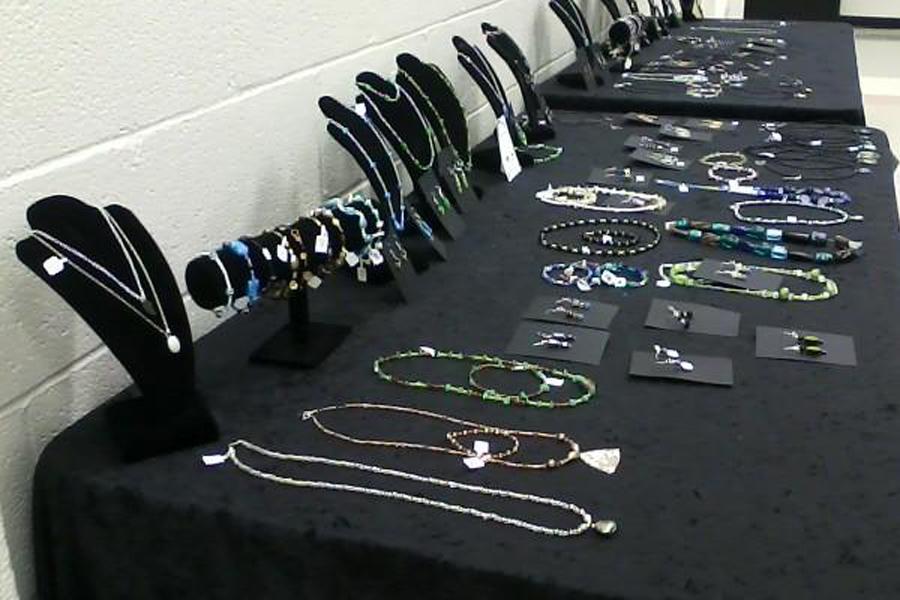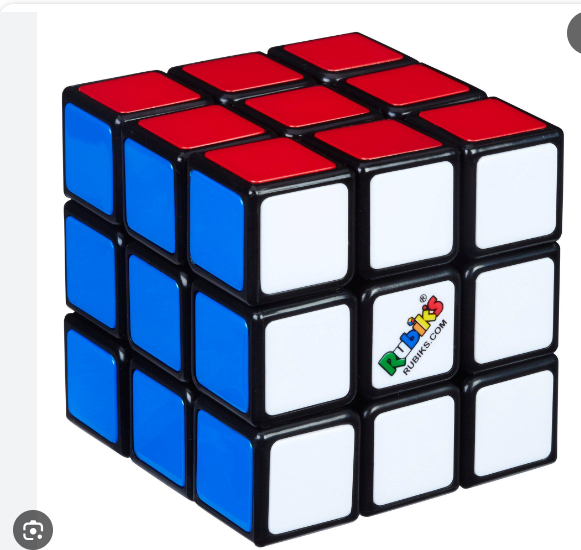By Halea Adamczak
Round Table reporter
Our body images involve our imaginations, emotions, perceptions, and physical sensations. The “ideal” body image can vary between cultures, ethnic groups and any other communities to which one belongs.
One’s “ideal” body image represents the physical perfection that one seeks to achieve, such as a high-fashion model, celebrity, movie star, elite athlete, fitness professional or other similar role model.
If people think of their body in a positive manner, meaning most of the time they see themselves accurately and feel comfortable about how they look, then they are better-rounded than those who don’t.
“I think body images are affected negatively in a sense that girls think they need to look a certain way. But it can also work positively because girls can be creative based on what they see in the media and take certain ideas and make them their own,” said Middletown High School junior Sarah Weltman.
Negative body images develop when someone feels his or her body does not measure up to family, social or media ideals.
“Girls are insecure about how they look because they want to stand out and they crave attention. If you’re wearing a sweatshirt, your hair’s in a ponytail, and you’re not wearing makeup but the girl beside you is wearing tight fitted clothes, her hair is perfectly straight, and she’s wearing makeup, the other girl is going to get more attention than you are,” said MHS sophomore Ali Morey.
Normally, people who think they have a negative body image were teased or made fun of because of the way they look. This can lead to serious eating disorders and a distorted perspective of one’s self. Females may desire a body smaller than their current size, whereas males may be split between having a smaller body or a larger one.
Body dissatisfaction is enhanced when the media promotes unrealistic body images through its marketing efforts. From an early age, we are bombarded with images and messages that emphasize thinness as a way to be happy and successful.
Singer Kelly Clarkson graced the cover of Self magazine with a nice, but thinner body which caused a lot of controversy. Many people believed that her image was photo shopped to create a more ideal cover picture.
The models and celebrities people see on television that have an “ideal” body may also have an eating disorder or they don’t eat as healthy as they should.
The media has a big impact on the way people see the “ideal” body. The media is not the only thing that causes dissatisfaction; family messages can also carry weight.
For the first few years life, people are constantly in the presence of their family. What they see and hear from others influence their attitude, values and beliefs. People are praised to emphasize desirable qualities.
Parents generally don’t realize that their words, actions and beliefs have an enormous impact on their children’s lives growing up. Exercising and eating right will help a person maintain his or her body weight, but genetics will limit a person’s ability to acquire certain proportions.
The toys that young children play with also can have a substantial impact on what is physically desirable and undesirable. The most common example of this is the Barbie doll which was created by Mattel toy marker and is one of the most top-selling toys in history.
A typical young girl has, on average, seven Barbie dolls. When the first Barbie doll was released in the 1950s, it was considered odd since, unlike most dolls at that time which depicted young girls and babies, the Barbie doll had breasts and represented a more mature female; Barbie was different. She was marketed as the girl who had it all, yet Barbie’s measurements do not measure up to an ordinary woman.
If Barbie was life-size, her measurements would be unrealistic. It was estimated that if Barbie were an actual woman, she would be 5’9″ tall, have a 39″ bust, an 18″ waist, 33″ hips, weigh 110 pounds, and have a size three shoe.
Surely the Barbie is not the only children’s toy to influence the “ideal” image. Action figures such Superman, Batman, GI Joes, and other army figures have a big chest, muscular arms and legs, and a flat stomach resembling a “six-pack”.
Additionally, animated character’s bodies often represent the “ideal” image to younger children; characters such as Cinderella, Belle, Ariel, and Snow White are all beautiful women from Disney Classics.
“I think that the media [and television] promotes a certain look as their version of “beautiful” and since we put so much faith into what we see through the media, we believe their image of a beautiful person to be the true and only version,” said MHS senior Jessica Elliott.
In various children’s books, the hero or conqueror is characterized as attractive while the evil character often has deformity and is usually unattractive or overweight; this can affect how the child views others in real life.
As children get older, their peers will have a big impact on what the children’s “ideal” image represents. Family messages are important, but during adolescence children’s friends will make their “ideal” image change. During adolescence, it becomes very crucial to children to feel as if they belong to a group.
During this time, people’s body images become much more important to them which can lead to some young teens feeling as if they are excluded from certain social groups just because of how they look or what they wear.
“I know personally I feel pressure from some of my peers to “look good”. But at the end of the day, being you and loving yourself is the best way. Being original is the most attractive thing,” said MHS senior Mckenzie Miskell.













